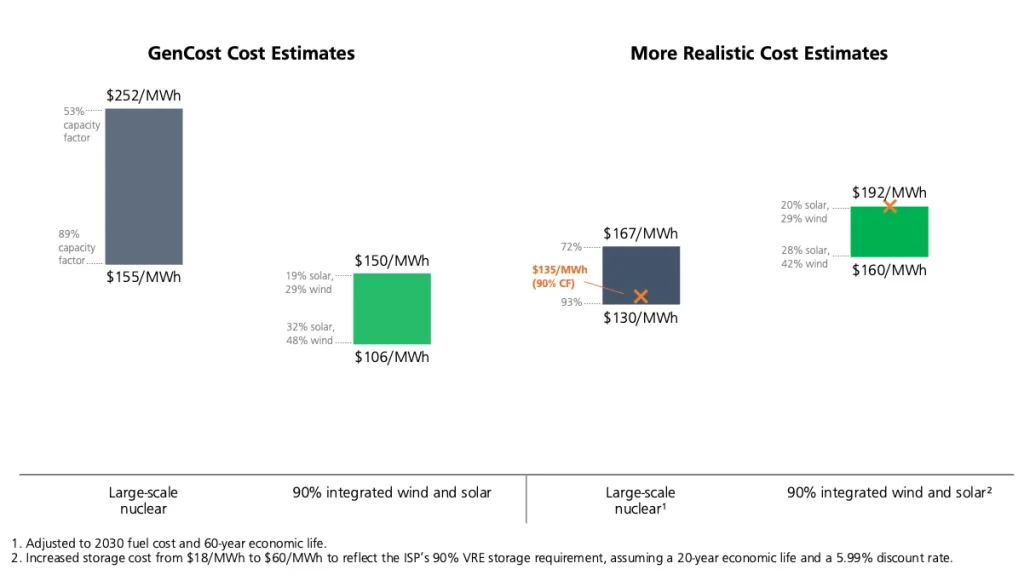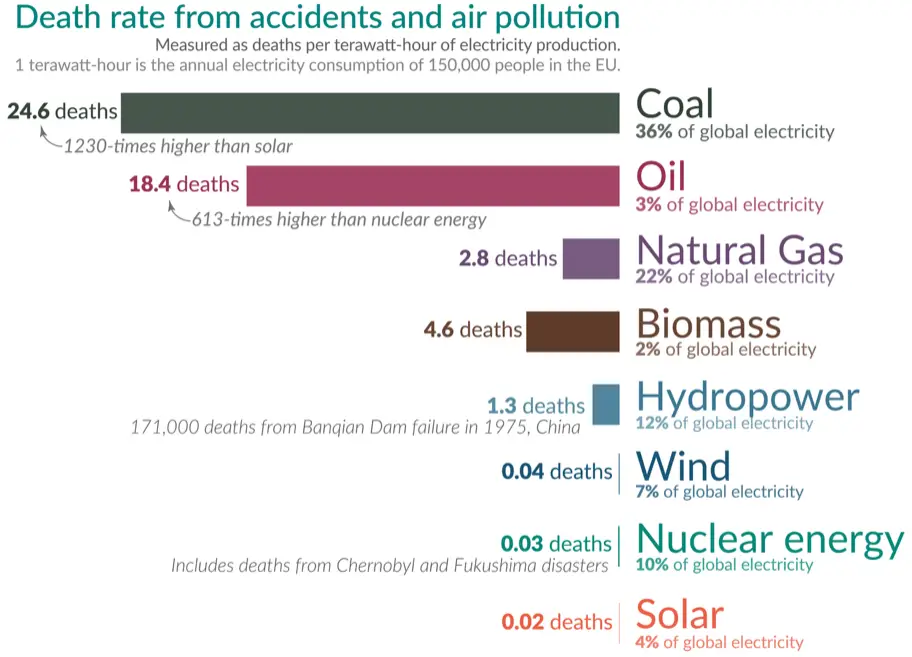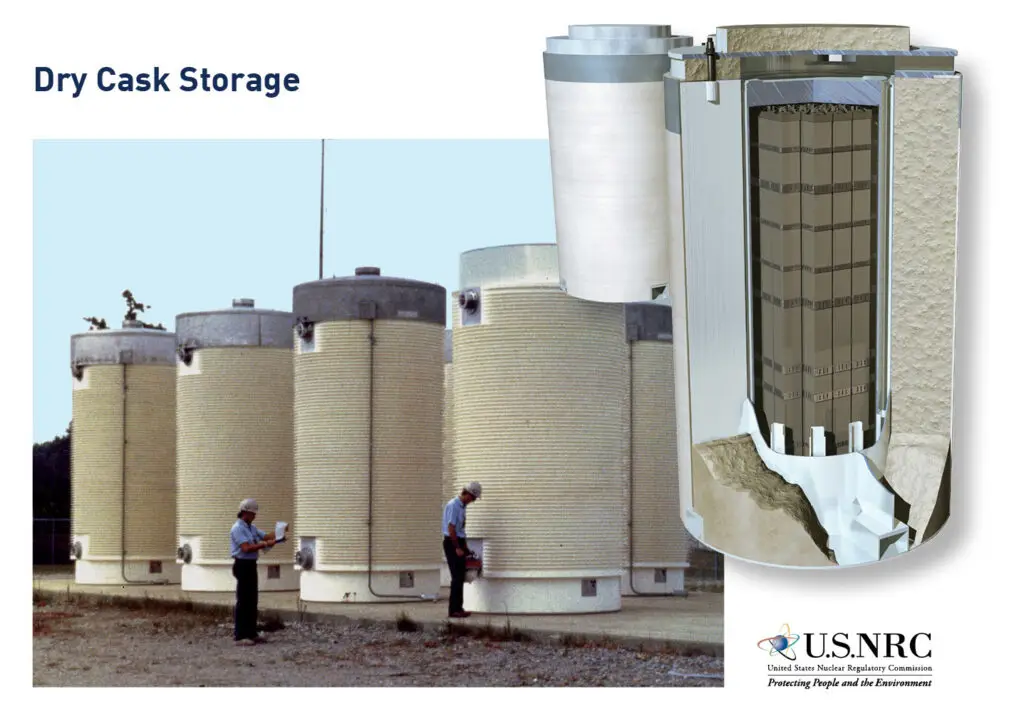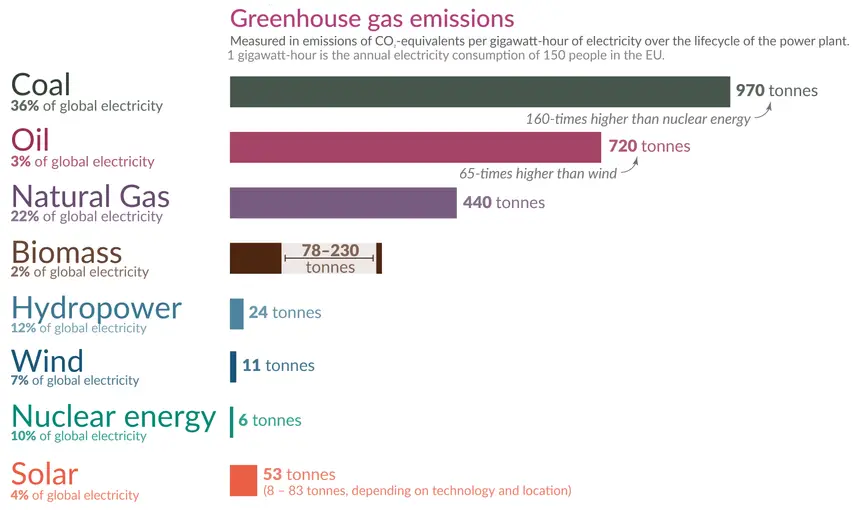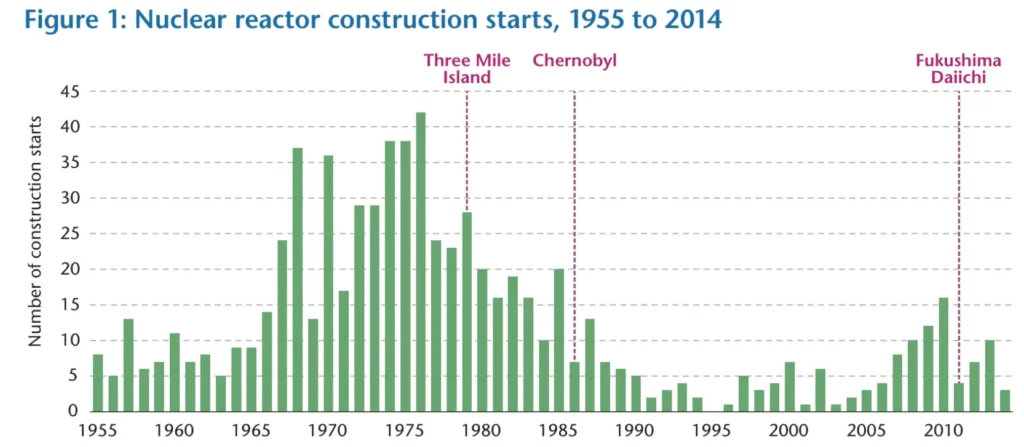Is nuclear energy
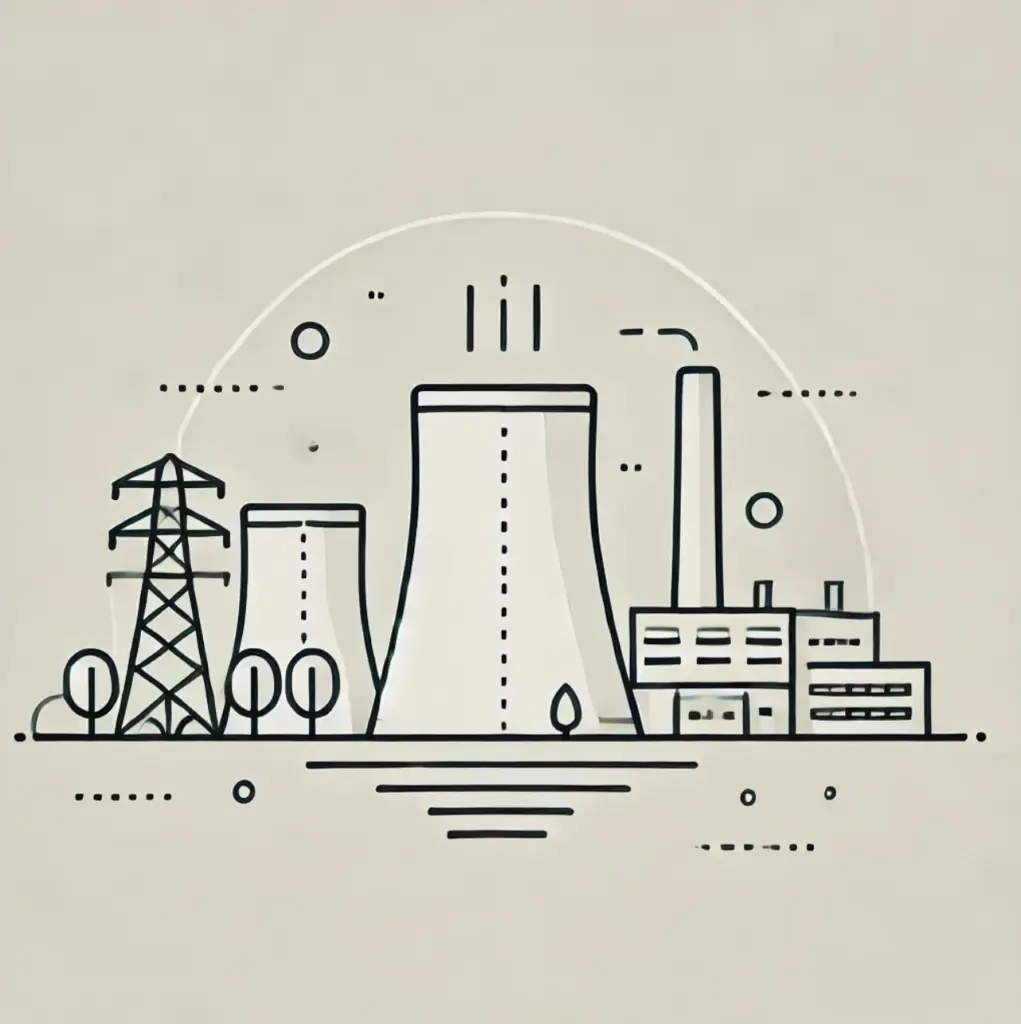
Your nuclear questions answered
From costs and safety to environmental impact, get straight answers to your nuclear energy questions.
Cost
Why invest in nuclear energy when renewables and batteries are getting so much cheaper?
The prices of solar panels and wind turbines have fallen significantly over time. However, they require a lot of transmission and storage to reliably provide large volumes of power, and these are not cheap. Nuclear requires very little additional transmission or storage.
Public costs for grid-scale batteries in Australia have remained similar for the past 7 years. Over that time, CSIRO has repeatedly assumed that we’ll see rapid cost reductions that are far more optimistic than official US projections.
Some evidence indicates lithium batteries are unlikely to fall below the commonly predicted price threshold of $100/kWh by 2030. As of 2024, lithium batteries cost around $174/kWh.
Doesn’t CSIRO show that nuclear is double the cost of renewables?
Why does AEMO* claim more renewables are the cheapest way for Australia to reduce emissions?
Isn’t there a high risk of cost blowouts and delays for large infrastructure projects like nuclear?
Shouldn’t we expect nuclear plants to face the same cost blowouts and delays as Snowy 2.0?
Won’t storing nuclear waste cost taxpayers too much, like it has in the US?
No, the cost of managing and disposing of nuclear power plant waste is small compared with the amount of electricity produced, and is typically 5% of total costs.
Most governments require nuclear power companies to pay a small levy to provide for the management and disposal of their waste. In the US, this levy is 0.0015 AUD per kilowatt hour, while in France it is 0.0022 AUD per kilowatt hour. This represents around 5% of total costs.
In the US, storing nuclear waste has a reputation for being expensive because the government broke its contract promising to provide long-term storage to nuclear power companies (see page 125). The US Department of Energy entered into 69 such contracts saying it would dispose of spent nuclear fuel from 1998, but then failed to build the disposal facility. Many power companies sued the government and won, resulting in payouts eventually expected to reach AUD 80 billion.
Australia can steer clear of these problems when setting up a nuclear power industry by avoiding such contracts and, instead, following Finland’s example by building a long-term waste repository to reduce the amount of high-level waste stored onsite. Australia’s size and geological stability makes finding suitable locations for storing waste relatively easy compared to other countries with nuclear facilities. This will help keep down costs.
Safety
Haven’t accidents at nuclear plants caused thousands of deaths?
No, there have only ever been three significant accidents at nuclear plants: Three Mile Island with no deaths, Chernobyl (a poorly designed Soviet plant) with fewer than 100 direct deaths, and Fukushima with one related death. Including these, nuclear is still safer than nearly every other source of electricity.
Couldn't there be another accident like Chernobyl?
What about Fukushima and Three Mile Island accidents?
Wouldn’t a nuclear reactor act like a bomb if hit by missiles or a hijacked aircraft?
Wouldn’t it be too dangerous to build a nuclear plant in areas prone to earthquakes, like the Upper Hunter region?
No, nuclear plants are designed to withstand earthquakes much bigger than those experienced in Australia.
Australia’s biggest recorded earthquake – the 1988 Tennant Creek earthquake – reached a magnitude of only 6.6. When California experienced an earthquake with the same magnitude in 1994, all of its nuclear reactors continued to operate as normal.
Even during Japan’s magnitude 7.2 Kobe earthquake in 1995, all of the reactors near the epicentre continued to operate safely at full capacity. This was 4 times the size of the Tennant Creek earthquake, and 300 times the size of the August 2024 earthquake in the Upper Hunter.
South Korea’s APR-1400 reactor design, which would be suitable for construction in Australia, can withstand ground acceleration much higher than any Australian earthquake on record, or any likely to be observed in future. In the extremely unlikely event of a severe earthquake, the reactor would be safely shut down until it is cleared to restart.
Isn’t it wrong to use nuclear energy when it creates lots of waste?
Doesn’t nuclear waste remain dangerous for hundreds of thousands of years?
Isn’t it too hard to find somewhere to store waste from nuclear plants?
Can a year’s worth of nuclear waste from a reactor really fit in a Coke can?
Don’t nuclear plants give off dangerous radiation that harms local communities?
How can nuclear plants safely run for 100 years when the oldest reactor hasn’t even reached 60 years?
Environment
Won’t nuclear be too slow to help Australia meet its climate targets?
Aren’t renewables better than nuclear at reducing emissions?
Aren’t nuclear plants harmful to the local environment?
Wouldn’t a nuclear plant need lots of new transmission lines anyway?
Don’t nuclear plants require too much water for a dry country like Australia?
Other
Isn’t nuclear energy still banned in Australia?
Is nuclear power an unpopular idea among Australians?
No, the majority of Australians support nuclear.
Around 60% of Australians support using nuclear power for our electricity system. Support for removing the ban on nuclear has been increasing over the past few years and is highest amongst young people. Support for nuclear power amongst those aged 18 to 29 has grown from 40% in 2011 to 66% in 2024.
Is nuclear power incompatible with renewables?
Isn’t the world abandoning nuclear?
Won’t a nuclear rollout only provide 4% of our energy needs by 2050?
No, even if we only built a minimal 11 GW of nuclear capacity on five sites, this would provide around 20% of our grid’s projected 2050 energy needs.
The 4% figure came from calculations made by a renewables industry group, the Smart Energy Council, that used the wrong energy units, and assumed pumped hydro and batteries would actually generate electricity rather than storing it.




